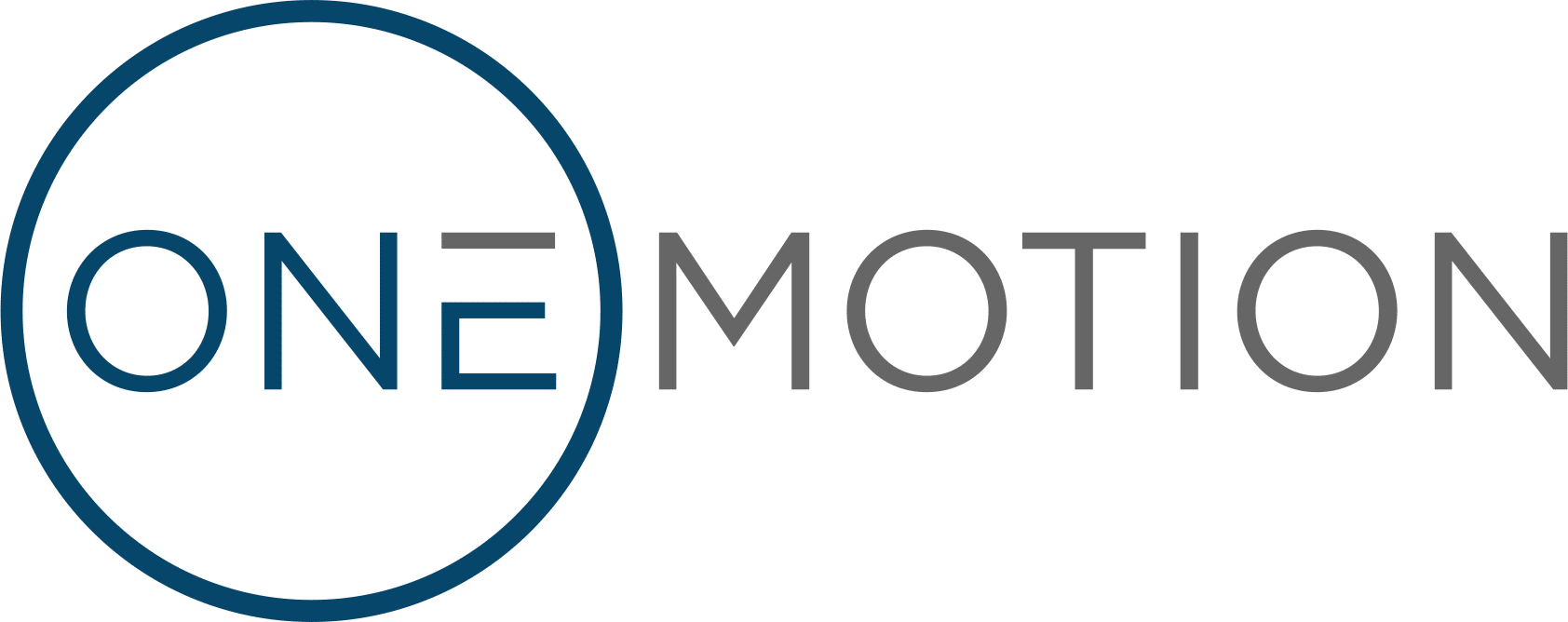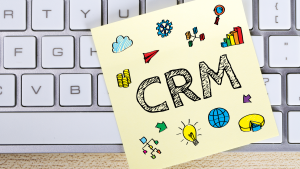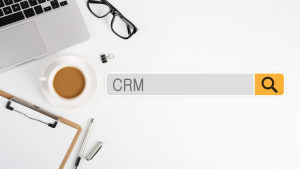Analyzing and understanding metrics is the key for growth in any B2B business, but what if you don’t know which metrics to track?
Flooding yourself with unnecessary information may end up doing more harm than good. That’s why we’ve compiled a list of 10 CRM metrics your B2B business should be tracking.
1. Average Order Value
Average Order Value (AOV) is potentially the most important metric for any B2B business. AOV measures the average dollar amount spent each time a customer places an order.
Calculating and keeping track of your AOV allows you to understand where future investments should be directed. Whether it’s product pricing or marketing, this CRM metric influences critical business decisions.

2. Recency, Frequency, and Monetary Value
The Recency, Frequency, and Monetary Value (RFM) scoring system segments customers based on how recent their last purchase was, how often they make purchases within a specific timeframe, and how much money they spend within a specific time frame. Each customer is generally given a score from 1 – 5 on each of these three factors.
Collecting these three values for each customer and taking a weighted average allows you to identify your most valuable customers. Using this information, you can segment your customers and create targeted marketing campaigns.

3. Churn Rate
Churn Rate represents the percentage of customers who stop doing business with you within a specific timeframe. The higher your churn rate, the more customers you’ve lost.
Calculating your Churn Rate will provide clarity on how well your business is retaining customers. If you notice your Churn Rate increasing over time, it may indicate potential problems in your business.

4. Customer Lifetime Value (CLV)
Customer Lifetime Value (CLV) is one of the most impactful metrics for any B2B business. This CRM metric measures the total revenue a customer is expected to generate over their entire relationship with your company.
Tracking and analyzing your CLV helps you identify high-value customers. Similar to Churn Rate, your CLV allows you to create targeted marketing strategies and allocate your resources effectively.

5. Customer Acquisition Cost (CAC)
Customer Acquisition Cost (CAC) measures the cost of acquiring a new customer.
Understanding your CAC helps you evaluate the efficiency of your marketing efforts, understand future acquisition costs, and provide insights on how to keep CAC under control.

6. Customer Acquisition Cost Payback (CAC Payback)
Customer Acquisition Cost Payback (CAC Payback) measures how long it takes to recover the cost of acquiring a customer.
Tracking your CAC Payback helps you understand the time required to break even on your customer acquisition investments. It also helps you identify ways to shorten the payback period for faster profitability.

7. Average Sales Cycle Length
Average Sales Cycle Length measures the time it takes to close a deal, from initial contact to the final sale. The longer your sales cycle, the more time and resources are being spent on closing each deal.
Tracking your Average Sales Cycle Length helps you understand how efficient your sales process is. If your sales cycle is spanning over too much time, it may indicate inefficiencies that need to be addressed.

8. Conversion Rate
Conversion Rate is the percentage of leads that become your customers. This rate shows how well you move leads through the sales funnel. A higher conversion rate means your sales and marketing efforts are effectively turning interest into action.
Tracking your Conversion Rate helps you understand how well your strategies are working, and highlights areas where adjustments may need to be made.

9. Average Time to Resolution
Average Time to Resolution measures the amount of time it takes to resolve a customer issue from start to finish. A shorter resolution time means your team is addressing customer needs quickly and efficiently.
Tracking your Average Time to Resolution helps you identify how well your support processes are working. If resolution times are increasing, it may indicate that additional resources or training are required.

10. Customer Satisfaction Score (CSAT)
Customer Satisfaction Score (CSAT) measures how satisfied your customers are with a product, service, or specific interaction. It’s typically calculated by asking customers to rate their experience on a scale, such as 1 – 5 or 1 – 10.
CSAT’s provide valuable insights into how your customers feel about your business. If scores are consistently low, it likely indicates areas for improvement to improve the customer experience.

Don’t Spend Hours on Calculations
CRM metrics can be a lot to calculate, especially when your customer list is in the triple digits, or more! That’s why it’s so important to have a CRM system that automates these calculations for you.
Zoho CRM handles calculations for all the CRM metrics your business needs, saving you countless hours of manual work. By providing real-time insights and easy-to-understand data, Zoho CRM helps you make better-informed decisions to drive growth, improve efficiency, and focus on what matters most: your business.
Interest in switching to Zoho?



